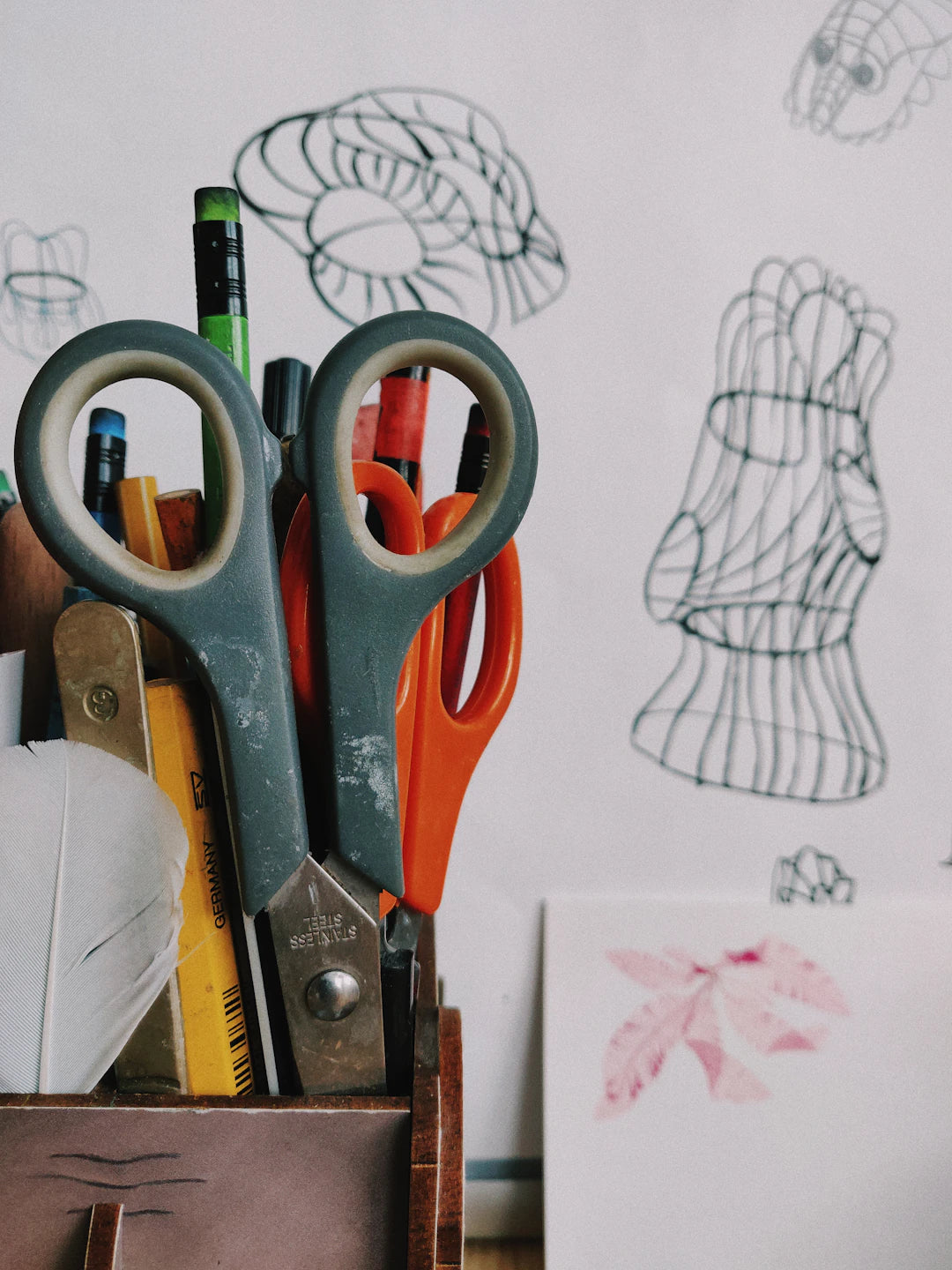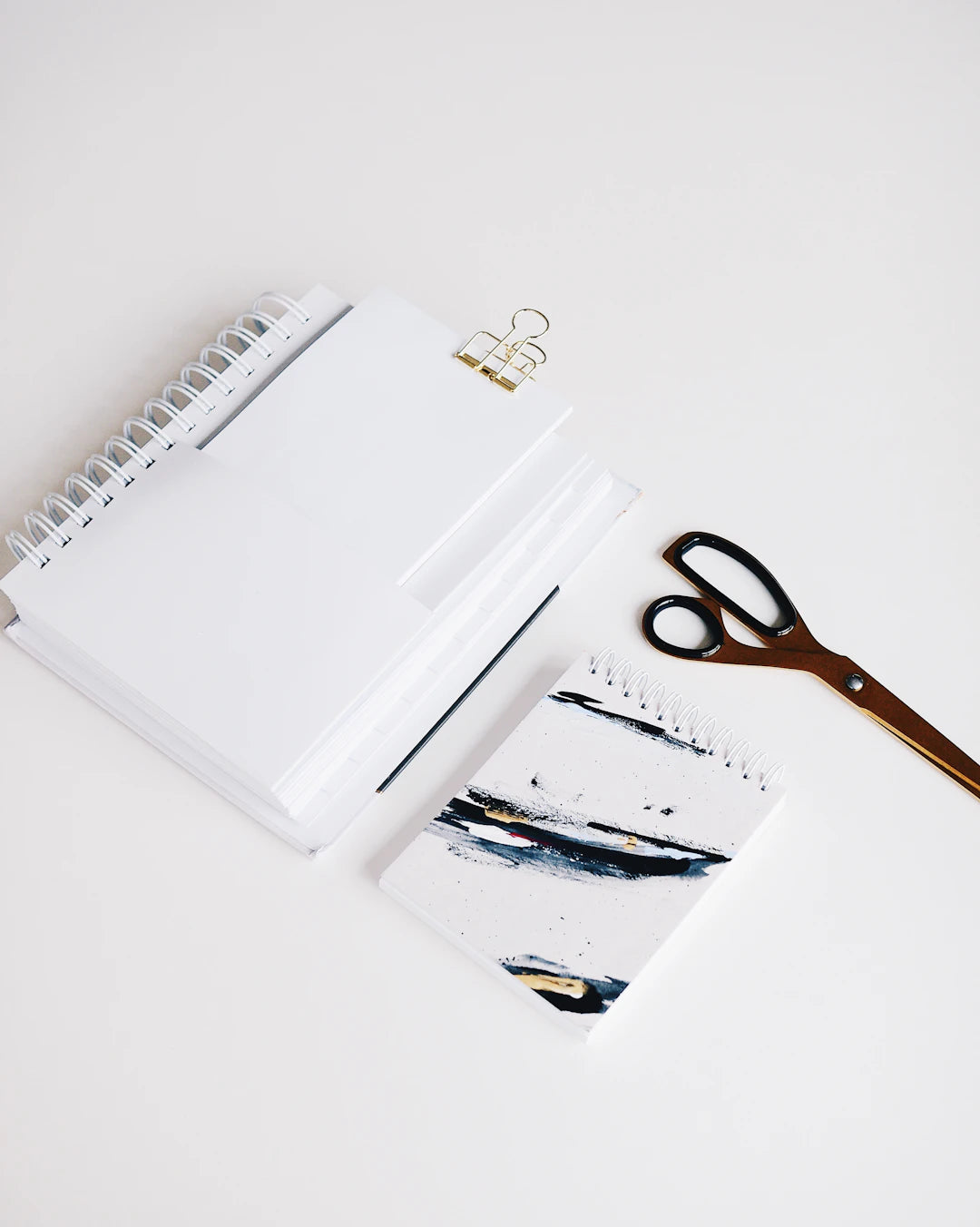Welcome to the world of fashion sketching, where your imagination comes to life through art. Whether you're a budding designer, a skilled digital artist, or simply looking to enhance your craft, understanding the basics of fashion sketching can open up endless possibilities. In this guide, we’ll explore essential techniques, tools, and pro tips to elevate your sketches to stunning masterpieces. Let’s dive in!
The Importance of Fashion Sketching
Fashion sketching is not just about pretty drawings; it’s a crucial step in the design process. It helps in visualizing ideas and communicating them effectively. Here’s why mastering this skill is important:
- Concept Development: Sketches allow designers to explore various styles and concepts quickly.
- Communication: A well-executed sketch can communicate your design intentions clear to others in the industry.
- Feedback: Presenting your ideas through sketches enables you to gather constructive feedback before production.
- Portfolio Building: Unique and creative sketches enhance your portfolio, showcasing your design capabilities.
Getting Started with Fashion Sketching
Choosing Your Tools
When starting your fashion sketching journey, selecting the right tools is essential. Here are some recommended tools:
- Pencils: Start with a range of pencils from H to 6B. H pencils are great for outlines, while softer B pencils are ideal for shading.
- Markers: Alcohol-based markers, like Copics or Prismacolors, are fantastic for adding color to sketches.
- Sketchbooks: Opt for a sketchbook with good quality paper that can handle various mediums.
- Digital Tools: For digital artists, applications like Procreate are perfect for creating stunning fashion sketches.
Diving Into Procreate
Procreate is an excellent tool for sketching digitally. It offers a plethora of features that can significantly enhance your workflow. Here are some quick Procreate tips for designers that you can implement right away:
- Use Layers: Take advantage of layers to separate different elements of your design. This helps in making adjustments easily.
- Brush Settings: Experiment with various brushes to find the perfect texture for your designs. Custom brushes can also be created for unique effects.
- Color Palettes: Create custom color palettes to keep your designs cohesive and aligned with your vision.
Mastering Basic Techniques
Proportions in Fashion Sketching
A key element in fashion sketching is understanding proportions. Traditionally, fashion figures are sketched with elongated bodies to reflect elegance and style. Here’s how to achieve proper proportions:
- Head Size: The common proportion is to draw the figure as 8 heads tall. Start with a circle for the head.
- Shoulders and Hips: Aim for a shoulder width that’s as wide as the head and hips that are slightly wider than the shoulders.
- Legs and Arms: Keep the arms long and legs elongated. This adds to the fashion aesthetic.
Creating Fashion Faces
A well-drawn face can convey personality and style. To sketch fashionable faces, focus on the following:
- Eyes: Place them approximately halfway down the head. Experiment with shape and size to represent diverse styles.
- Nose and Mouth: Position the nose a little above halfway between the eyes and chin, while the mouth typically sits a third below the nose.
- Hair: Use flowing lines to capture movement. Hair can drastically alter the appearance of the figure, so play around with different styles!
Bringing Your Designs to Life
Incorporating Details
Details can make or break a fashion sketch. Incorporate intricate elements such as fabric textures, patterns, and accessories. Here are a few tips:
- Textures: Use strokes and shading techniques to represent different materials like silk, denim, or leather.
- Patterns: For added depth, include patterns that reflect current trends. Experiment with polka dots, stripes, or florals.
- Exquisite Stones Jewelry: When sketching accessories, add your exquisite stones jewelry designs to elevate the overall look. Showcase them prominently to attract attention.
Real Use Cases
To truly understand fashion sketching, let’s look at some real use cases:
- Visual Storytelling: Designers often create sketches to narrate a story through their designs, conveying themes, moods, and inspirations.
- Fashion Shows: Designers present their collections through sketches, helping models and stylists visualize the final look before the runway.
- Collaboration: Sketching serves as a communication tool between designers and manufacturers, ensuring that every detail is accurately translated into the final product.
Tips to Improve Sketch Quality and Productivity
Practice Daily
Like any skill, practice is crucial. Set aside time every day to sketch. This can range from quick doodles to more elaborate designs. The more you practice, the more refined your skills will become.
Seek Inspiration
Inspiration can come from various sources. Explore fashion magazines, social media, and nature. Keep a mood board of images that inspire you, and regularly refer to it while you sketch.
Keep a Sketchbook Journal
Maintain a sketchbook journal where you document your ideas, sketches, and progress. This not only tracks your growth but also serves as a source of inspiration during creative blocks.
Feedback and Growth
Don’t hesitate to share your sketches with peers or online communities. Constructive criticism can provide valuable insights that help improve your techniques. Plus, engaging with fellow artists can spark new ideas!
Harnessing the Power of Digital Tools
Digital platforms like Procreate can significantly enhance your creativity. Here’s how:
- Efficiency: Digital sketching can be faster since you can easily undo mistakes and manipulate layers.
- Access to Resources: Utilize Procreate’s vast array of brushes and patterns to easily incorporate various textures and styles.
- Exporting Flexibility: Digital sketches can be easily exported for resumes, portfolios, and other online showcases.
Stay Motivated, Keep Sketching!
Fashion sketching is a rewarding creative outlet that allows you to express your individuality and fashion sense. By mastering the fundamentals, experimenting with digital tools, and continuously improving your techniques, you can unlock a world of possibilities in design. Embrace your unique style, seek inspiration from your surroundings, and remember to have fun along the way! Your artistic journey is just beginning, and every sketch brings you one step closer to becoming the designer you aspire to be. So grab your tools and start sketching today—your future in fashion awaits!





Leave a comment
This site is protected by hCaptcha and the hCaptcha Privacy Policy and Terms of Service apply.